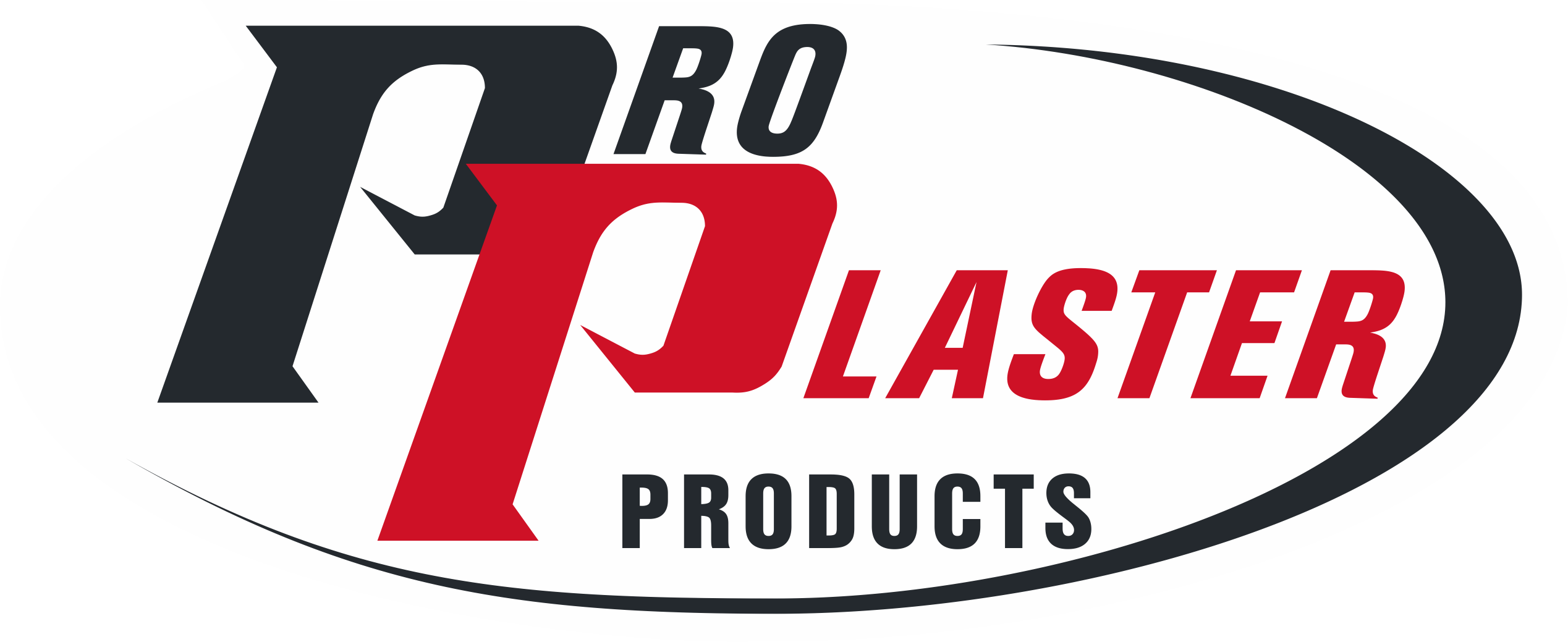KILOGRAMS VS LITRES: ARE YOU GETTING WHAT YOU PAID FOR?
When buying plastering compound, it pays to take a closer look at the label to ensure you are getting your money’s worth.

How many times have you glanced at a label of a bucket or a carton of pre-mixed compound and noticed whether the product you are buying is being sold by the kilogram, or by the litre? Confusing, we know!
The truth is that the one measure of how far (coverage) the compound will go is volume - or litres!
At first glance, it might appear that you’re getting a great deal, until you notice that the bucket or carton you are buying is being sold by weight, rather than by volume. That great deal you think you are getting could turn out to be less than what you think.
Products that are sold by the kilogram can mask the fact that you are getting less volume for your dollars.
The competing brand of compound sitting next to it on the shelf might have 15 litres on the label, but you’ve compared it in price to 15kgs (when in fact it is only 12.5 litres). So, you might be paying more per litre.
If in doubt, always check the volume—just like with milk! As a way of example, you have a ProLite 15L bucket at a price of $53.68 which turns out to be $3.57 per litre, while compared to a 15kg/12.5L product from a competitor at $50.76 or $4.06 per litre. Although, the competitor option may seem cheaper at first, you will be paying almost 50 cents more per litre. In 15L, you get $7.50 more value in ProLite or an astonishing 14% saving!


Heavier product/formula doesn’t equate to more coverage
Compounds are available in different grades, heavy weight, mid weight, light weight and ultra-light weight. This means that the weight of the product changes dramatically depending on the formula. Although the weight/formula impacts the performance of the compound, the one and only measure of how far the compound will go is volume - litres!
Short of bringing your own private investigator to the shops, how do you ensure that you’re getting what you are paying for?
If the volume isn’t stated in the label, you can always check the bottom of the bucket to see the bucket capacity in litres. As shown in the example below, a 17kg product only equates to 15L of coverage, which can be directly compared to a 15L product.

-
A bigger bucket doesn’t always mean more product
Now that we have determined the role of kilograms (weight – type of formula) and litres (volume – how far the product will go or coverage), it’s time to thicken the plot.
Sometimes compounds can be sold in a visually larger bucket but can have less product in the bucket– so it appears you are getting more compound, but the reality is that these larger buckets will be ¾s full, just like in the example shown below.

Stick to a brand you know and trust
Proudly Australian-owned and operated Pro Plaster offers a comprehensive range of locally manufactured compounds and private-label products.
All of our pre-mixed compounds are sold by the litre – the real and only measure of value in wet compounds. We also disclose both the litres and kilograms in our Product Information Sheets to help you compare apples with apples!

We also offer the largest range of tools and supplies - online & in-store with 4 trade centres and warehouses across Australia.
If you want to find out more about how Pro Plaster can help your next project, you can check out our store online, head into one of our trade stores in Queensland, or use our live online chat system to get a quick response.
Pro Plaster’s products are all Australian-made and developed and tested in-house for Australian conditions.

DO YOU WANT TO LEAVE A COMMENT?